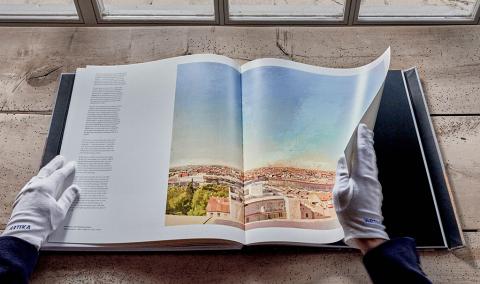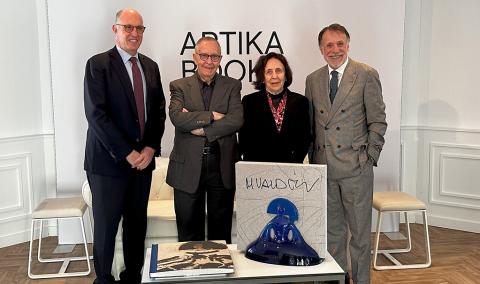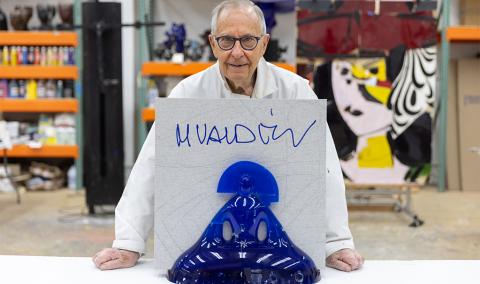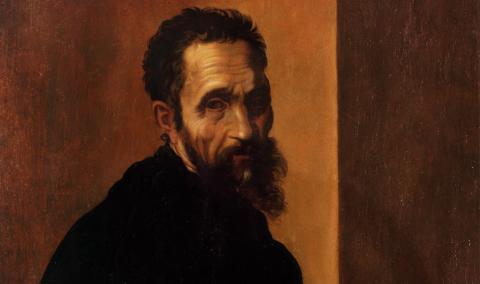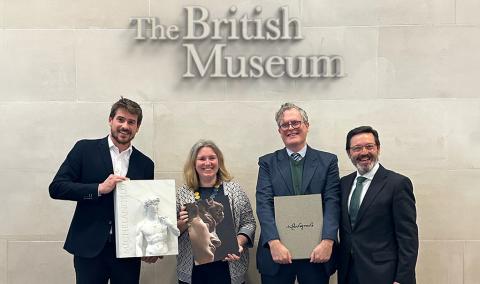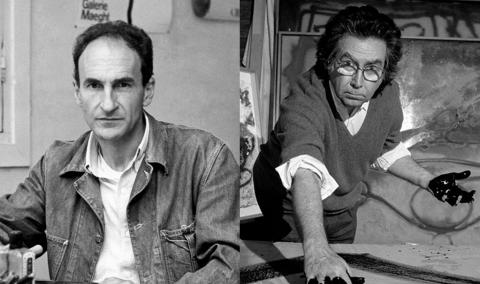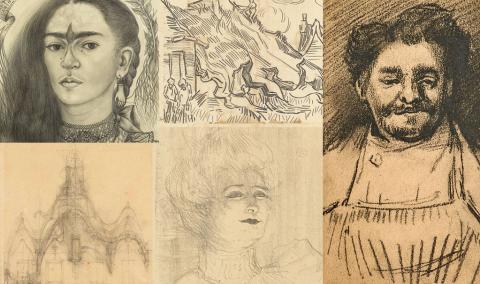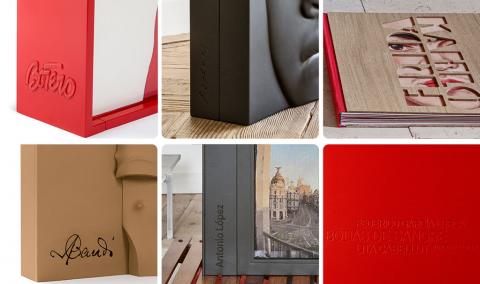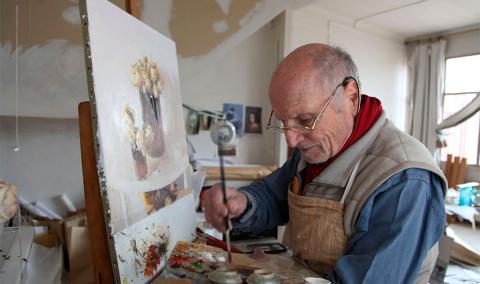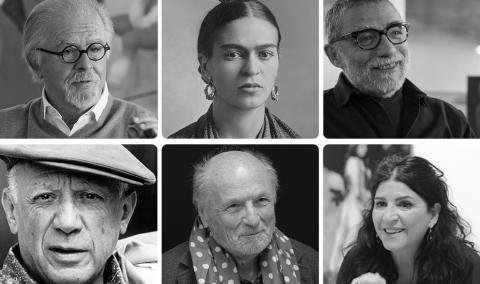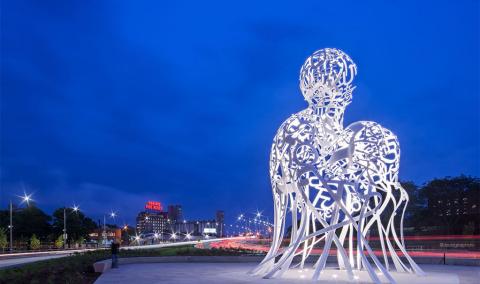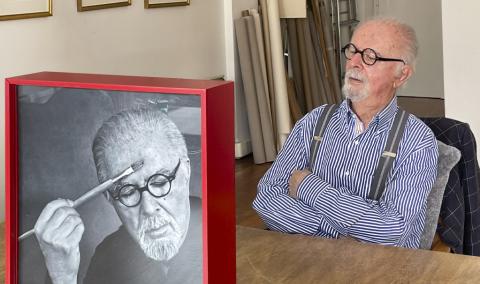NEWS DETAIL
Botero turns 91. We want to celebrate an artist who has never stopped creating
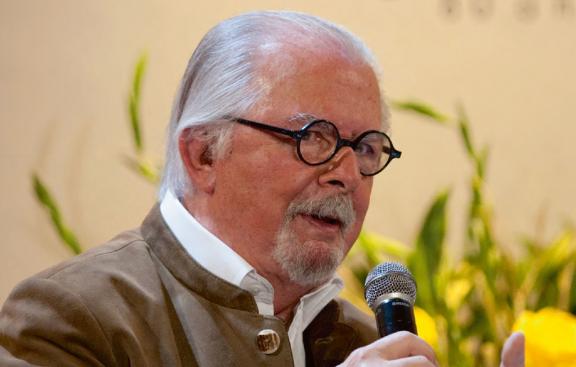
Fernando Botero is celebrating his 91st birthday in the best possible way: fully dedicated to his art. His tireless creation of colossal, colourful and unmistakable art has made him a point of reference in the world of painting and sculpture. ARTIKA wants to send him a message on his special day: Congratulations, Maestro!
Origins
“I’ve always thought that, to be universal, art has to be local first”. Botero's work is recognised and admired by all types of audiences the world over, but he has always kept his native Colombia at the forefront.
In 2012 he donated his Vía Crucis series to the Antioquia Museum in Medellín. It was a decision that went beyond merely donating his work: Botero has made a decisive contribution to the promotion of art and culture in his country and throughout Latin America.
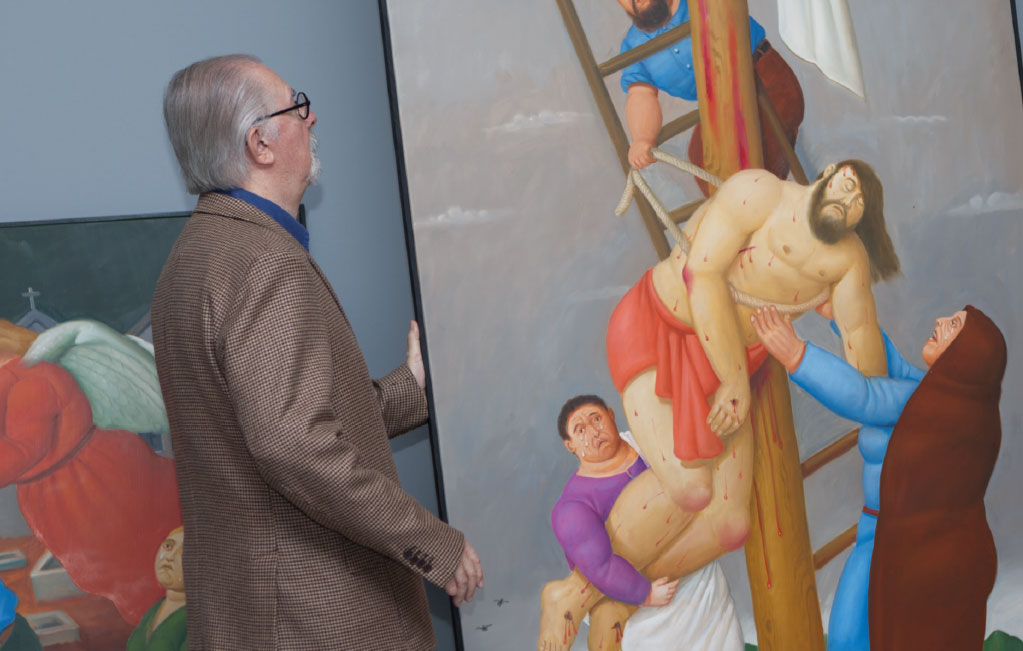

Rebellion
He was expelled from secondary school in the 1940s for writing an essay that was considered unacceptable. It was about Picasso and non-conformism in art.
The young Botero made it all very clear in what he wrote. For him, those who failed to embrace Picasso “did not possess sufficient greatness of spirit to understand, applaud and encourage the greatest of virtues: rebelliousness”.
Years later, when he became a teacher, he captivated his students with his ground-breaking spirit brimming with positive irony. It is the same attitude he has had throughout his career as an artist.
Personality
Botero has never been influenced by trends or fads. This is what makes his work unmistakable.
In the late 1950s, when few artists were choosing figurative art, Botero moved to the United States and forged his own path there, without ever considering the possibility of choosing abstraction as his main language.
“We could say that today art requires a lot of explanations. However, the public doesn’t need anything to be explained to them when they see my art”.
Spirituality
As a child he often admired the paintings and sculptures on display in churches, and this early contact with art left its mark on Botero’s creative personality.
In the mid-1960s, Botero chose several religious themes for his art. It makes sense if we remember that the master artists from the past who most influenced him (Michelangelo, Giotto, Velázquez and Rembrandt) also depicted religious scenes.
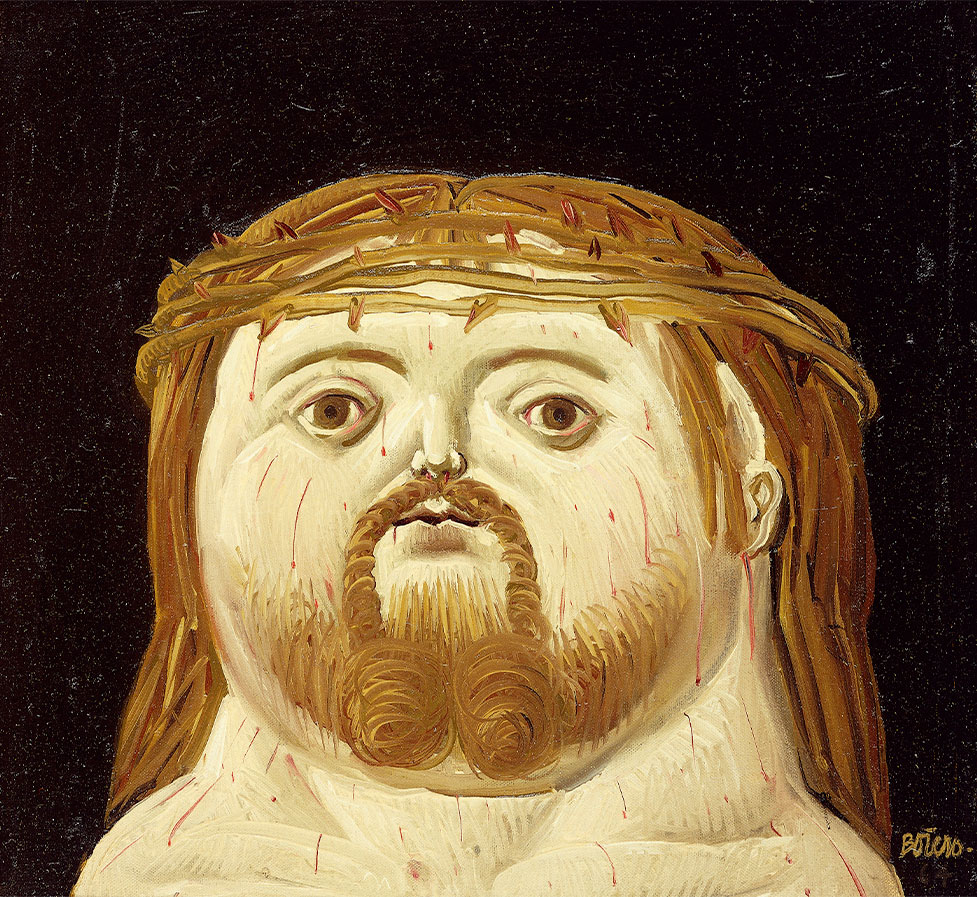
The head of Christ, 1964. Oil on canvas mounted on panel, 52.5 x 56 cm.
© 2017. Christie’s Images, London/Scala, Florence.
This aspect of his work can be admired in Vía Crucis, an art book that includes the complete series of drawings and paintings featuring the artist’s personal interpretation of the final hours of Jesus Christ.
Exposure
Botero’s art conveys a sense of tenderness, sensuality and humour, but it can also reveal aspects of violence and pain.
Botero’s humanitarian nature means that he is unable to turn his back on the negative aspects of society. Out of this preoccupation have emerged series such as the one he dedicated, for example, to what happened at Abu Ghraib.
The work compiled in Vía Crucis also belongs to this sphere, with scenes that depict human emotions that transcend eras and beliefs. It is through his art that we are able to understand the suffering of a victim of torture, here a flesh-and-blood Jesus.
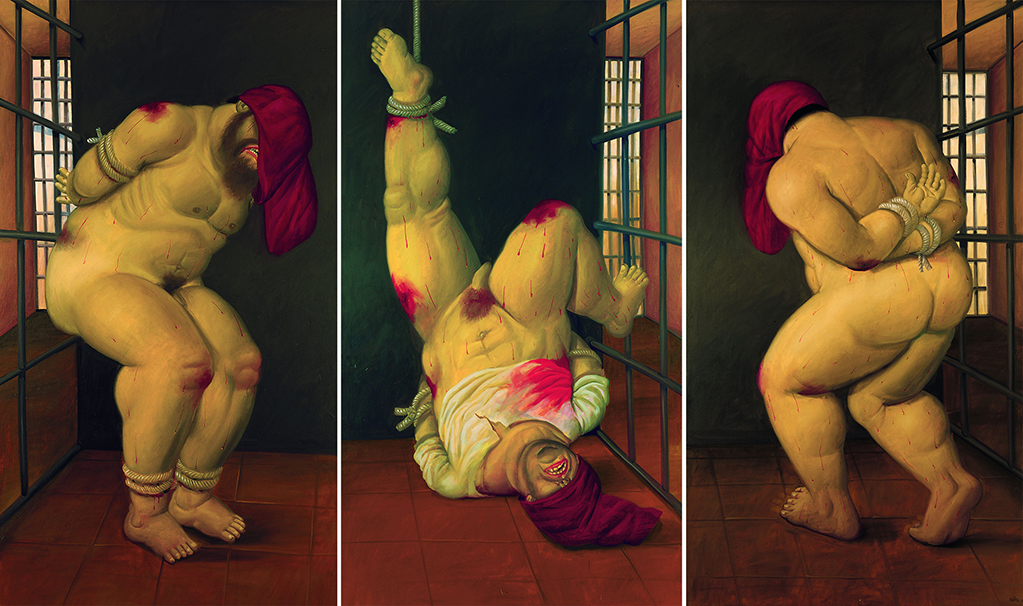
Abu Ghraib #44, 2005. Oil on canvas triptych, 190 × 104 cm each. Berkeley Art Museum, California, United States. @ Fernando Botero Collection.
Women
The female figure holds a privileged place in the artist’s work. This facet is extensively reflected in Botero’s Women, an art book that features an exclusive selection of drawings that combine costumbrismo and voluptuousness, volume and colour, everyday scenes and mythological events.
This art book offers an insight into Botero’s expressive capacity as a draughtsman: “Drawing is the soul of your work, the artist’s identity; it says everything”.
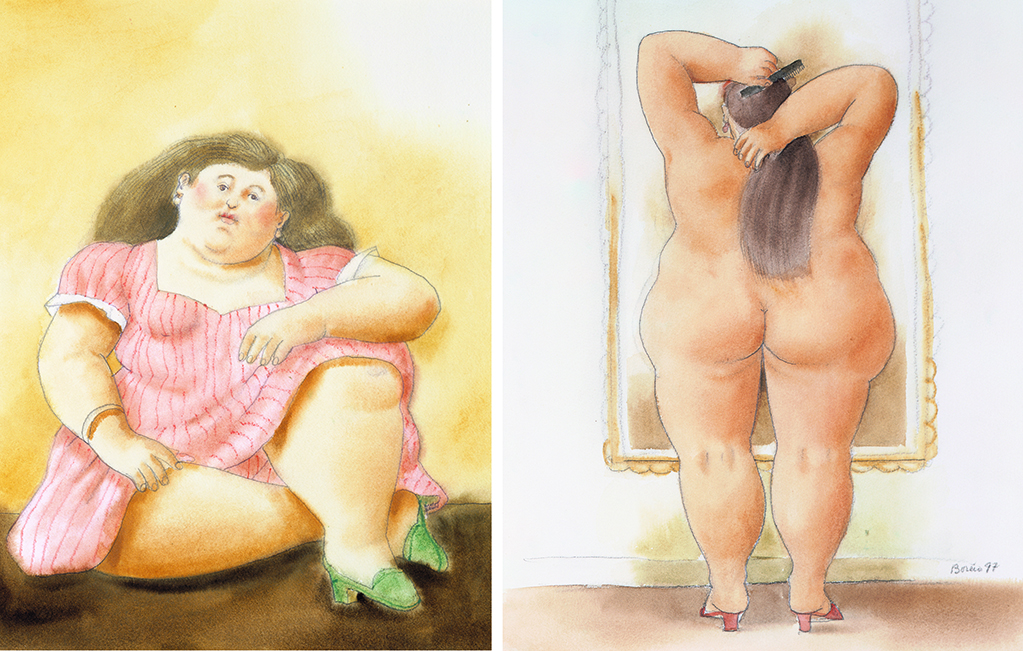
Left: Sitting woman, 1999. Watercolour on paper, 38 x 30 cm. @Fernando Botero Collection. Print belonging to the work Botero’s Women by ARTIKA.
Right: Woman facing a mirror, 1997. Watercolour on paper, 40 x 31 cm. @Fernando Botero Collection. Print belonging to the work Botero’s Women by ARTIKA.
Sculpture
Just like his paintings and drawings, Fernando Botero’s sculptures have a distinctive style, forming part of the urban landscape in cities across the world.
The inspiration for these emphatic and recognisable pieces is rooted in diverse references: from pre-Columbian art to contemporary artists such as Henry Moore, as well as Egyptian and Renaissance influences.
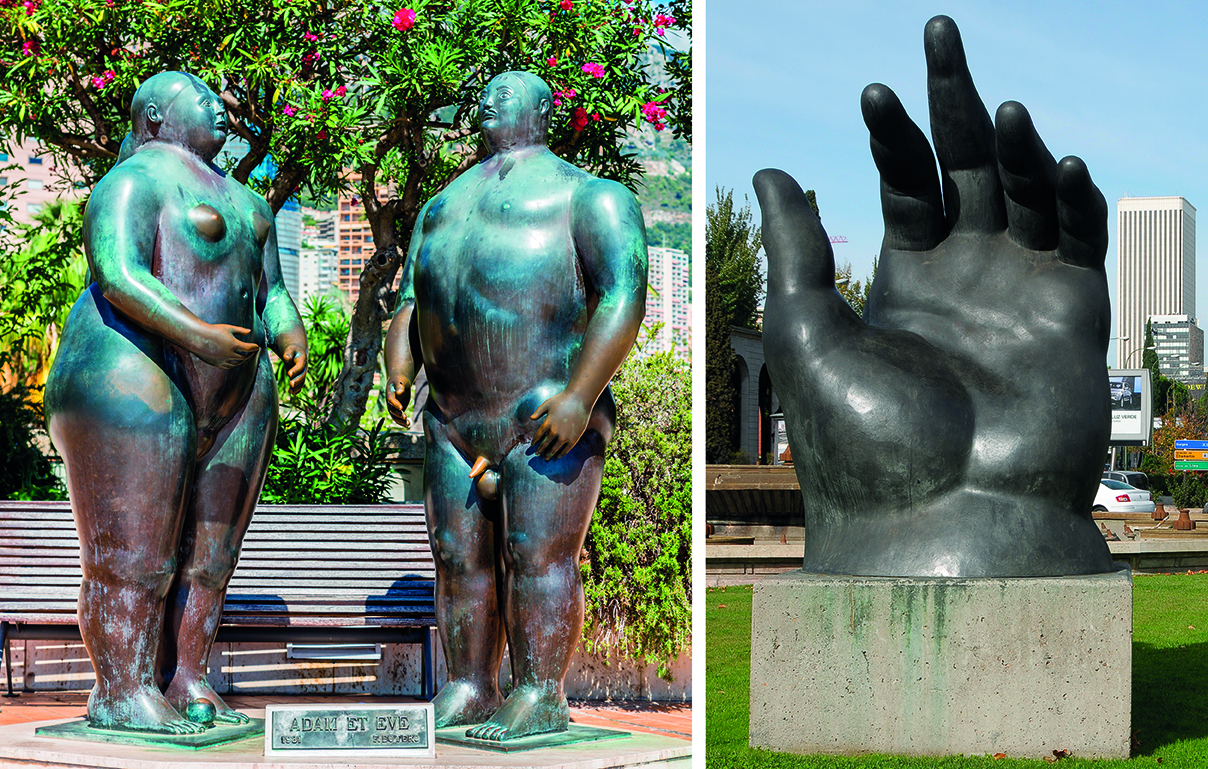
Left: Adam & Eve, 1981, Monaco.
Right: The hand, 1998, Madrid (Spain).
Boterismo
An artist knows he is on the right path when he is identified by his own signature style. In Botero’s case, there is no doubt: “Even children recognise my works; they have told me so many times”.
Boterismo is the signature style with which the master artist has written his name into the history of art. A category in which he is the only representative, although it is not without its misunderstandings: “I have always maintained that my models aren’t fat. What interests me is the sensuality of their shapes and the expression of their volume”.
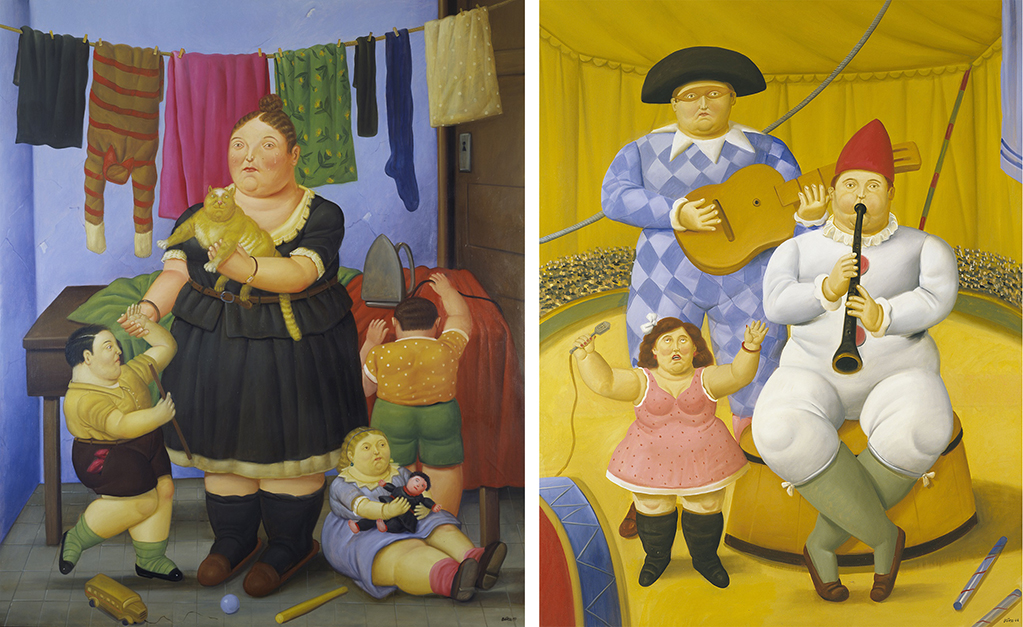
Left: The widow, 1997. Oil on canvas, 203 x 169 cm. Particular collection. @Fernando Botero Collection.
Right: Musicians (detail), 2008. Oil on canvas, 178 x 100 cm. Particular collection. @Fernando Botero Collection
Passion
“My life is defined by the pleasure of doing what I do. The reward I receive every day is the joy of painting, and if I learn something new or create something I like, the reward is twofold”.
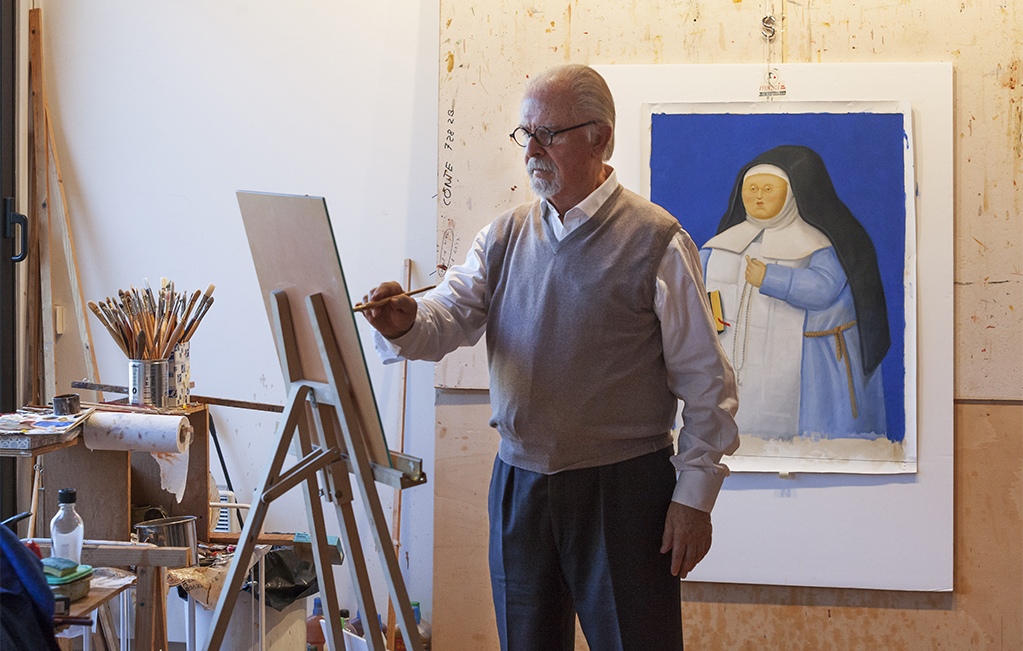
After such a statement, the only thing to add is: Happy Birthday, Maestro Botero!
ARTIKA'S NEWS
